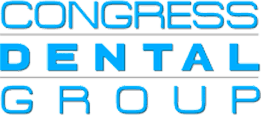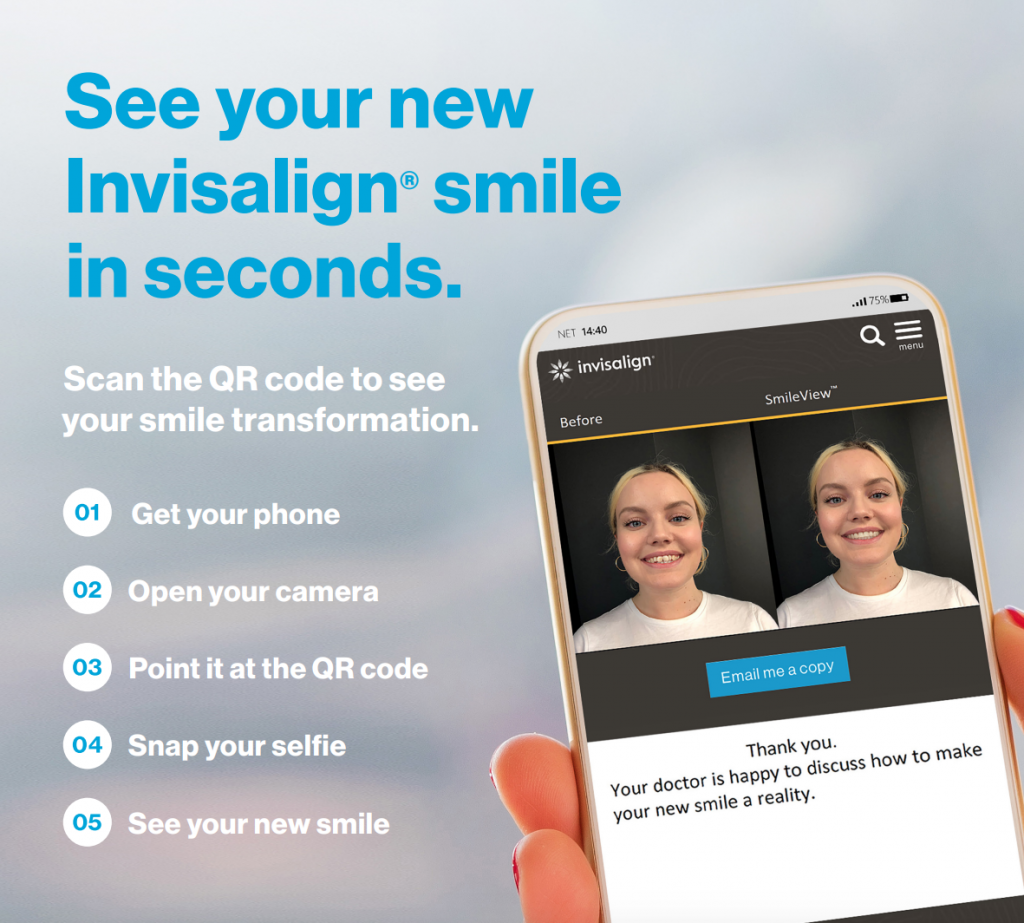Straighten Your Smile At Congress Dental Group & Arlington Dental!
When your dentist advises you to wear braces, many doubts may go through your mind. You may think about several things when considering your treatment, from the cost and duration of the procedure to the changes it would bring in your physical appearance. However, you can always opt for simpler teeth-straightening techniques, such as Invisalign®, that make your teeth look more beautiful than ever.
We invite you to call Congress Dental Group at (617) 574-8700 or Arlington Dental in Arlington, MA (781)641-0500 at to learn more about Invisalign® and schedule your consultation with Dr. Robert Page. We rarely find someone with naturally beautiful straight teeth that are lined up perfectly. The growth of our teeth is mostly uneven. Other factors such as genetics and childhood thumb-sucking also result in the uneven growth of our teeth. Those factors result in awkward bites known as malocclusions.
WHAT ARE MALOCCLUSIONS?
A malocclusion can be defined as an improper or imperfect fit between the upper jaw (maxilla) and lower jaw (mandible). From minor to severe, they can be seen in different intensities, and each type of malocclusion requires a different kind of treatment. If you are experiencing a visible overbite or under-bite, our dentists will recommend you to an orthodontist who will evaluate your bite correction plan.
WHAT IS INVISALIGN®? HOW DOES IT WORK?
Invisalign® is the right treatment option for those who have crowded teeth, crooked teeth, or gaps between their teeth. Invisalign® can treat all such dental imperfections without affecting your physical appearance. The treatment is done with a series of custom-made clear trays. They shift the position of your teeth without causing any obstruction to your smile. These trays are removable and almost unnoticeable when used for the treatment. 3D digital images of your mouth are taken before making these trays to ensure that every angle is clearly visible to the Invisalign® technicians and your Boston dentist. As your teeth keep shifting, you will have to consult your Boston dentist to use new set of trays. This way, you along with our Boston dentist can monitor the treatment procedure.
HOW TO TAKE CARE OF YOUR TEETH DURING THE INVISALIGN® TREATMENT?
While undergoing the Invisalign® treatment, proper oral care is recommended as the trays might trap bacteria and affect your teeth eventually. Unlike braces, these trays are easily removable and hence you can floss and brush your teeth without having to struggle with wires that are used in traditional orthodontics. You can schedule an appointment with our Boston dentist to know more about the treatment procedure and its benefits.
ALTERNATIVE ORTHODONTICS LIKE INVISALIGN®
Invisalign® is definitely a great option to correct your dental imperfections and get that perfect set of straight teeth. However, modern technology has provided us with other effective alternatives for metal braces to treat your dental problems. You do not have to opt for the lengthy treatment procedure that braces require if you have a minor malocclusion.
Learn More about our Invisalign Clear Aligners Special! To learn more about Invisalign®, and to make your appointment with our dental professionals at either our Boston or Arlington, MA office, contact our practice today.
Call your Boston & Arlington dental professionals for a consultation appointment. Our dentists have over 20 years of clinical experience and are cosmetically trained! Your beautiful smile starts today!





